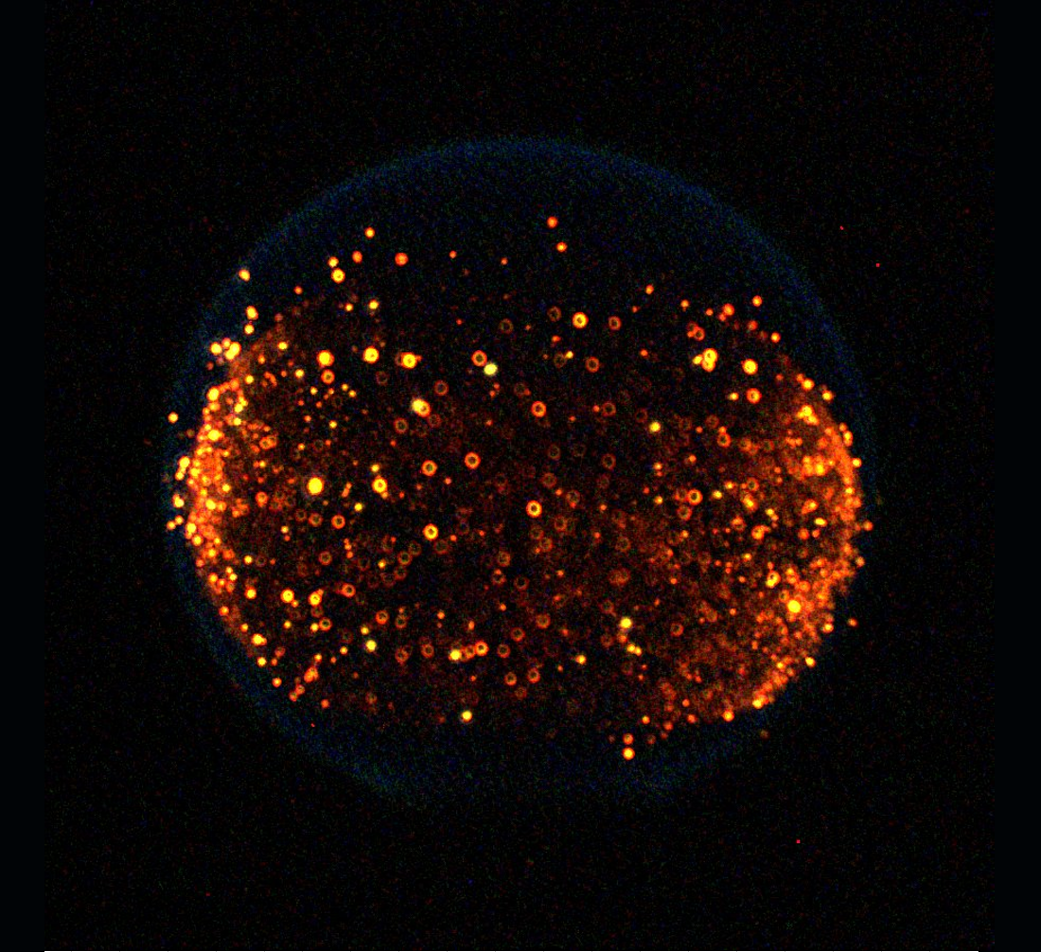
This image from 2020 shows a flame that was one of many ignited as part of the Flame Design investigation inside of Combustion Integrated Rack (CIR) to investigate the amount of soot that is produced in different conditions. The yellow spots are soot clusters that glow yellow when hot. These clusters grow larger in microgravity than on Earth because the soot remains within the flame longer. The CIR was created and launched to the International Space Station in 2008.
NASA continues to study the behavior of fire in space.
Americans can feel safer in their homes now than decades ago thanks to studies and standards that have removed highly flammable materials in clothing, beds, and furniture. NASA relies on similar studies and standards to protect astronauts when selecting materials for spacesuits and spacecraft.
But fire behaves differently in space. Changes in gravity and air flow can alter the way it spreads and make it harder to extinguish.
The Solid Fuel Ignition and Extinction (SoFIE) project, a set of experiments that launched aboard Northrop Grumman’s 17th cargo resupply mission to the International Space Station, could light the way to a deeper understanding of fire in space. SoFIE will run in the station’s CIR, which features a chamber where experiments can burn safely. SoFIE will help NASA select materials and designs for spacesuits, cabins, and habitats. The experiments also will help NASA identify the best ways to put out fires or smoldering materials in space as it prepares to go farther and stay longer.
Image Credit: NASA

























